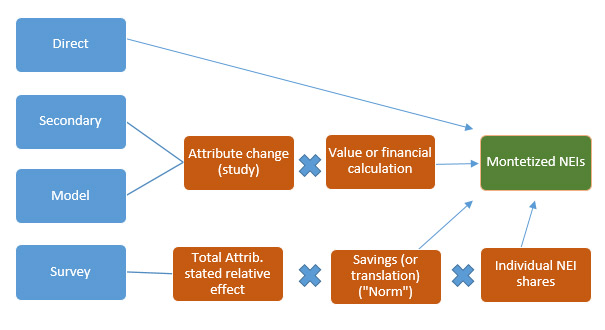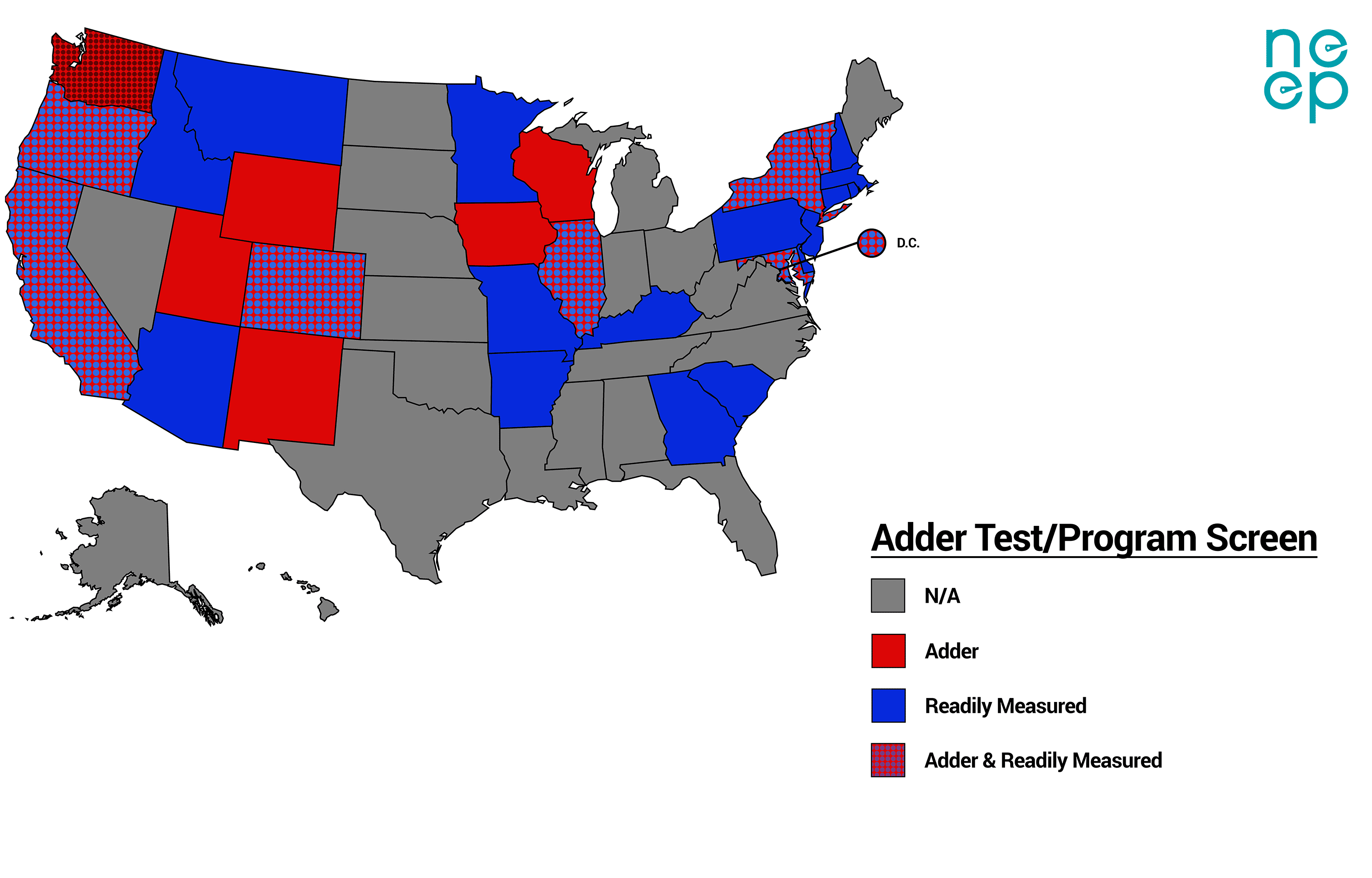By Samantha Caputo | Mon, July 17, 17
With July comes the biggest cycling race in the world - Le Tour de France. As an avid biker, this annual summer event is one of my personal favorites. It appeals for a variety of reasons, including the perseverance racers have, the variety of terrain and landscapes the course travels, and the collective wave of success. Biking may be an individual sport, but there are definitely aspects of working together, biking in large groups, and considering what is happening around you that really come out in this race.
When I think of this race, it also makes me think about how states are working individually to reach long-term carbon reduction goals, and that there are opportunities to work collaboratively with other states and learn from each other’s successes. For one instance, similar to the Tour de France, there are different stages and points to reach along the route to reaching your goal.
NEEP recently published a report on non-energy impacts (NEIs) for New Hampshire and took a tour of NEIs across the region and beyond. Embarking on this tour, the report examines the types of cost-effectiveness in different states, as well as whether NEIs are valued as an adder, evidence-based, or on a hybrid approach. The Total Resource Cost and Societal tests enable inclusion of non-energy impacts, but there is no clear prevailing approach to including NEIs in efficiency cost-effectiveness screening. The use of adders, or combined approaches in which adders and monetized NEIs are included, have enabled states to be more comprehensive in terms of the types of NEIs included in cost-effectiveness analysis.
Pick your course
When a cyclist decides to race, that cyclist must determine his or her approach to the course. Whether the course is a flat, hilly, or mountainous path will determine the rider’s method. The rider must identify strengths and weaknesses, environmental challenges, and other variables. Similarly, a state needs to figure out what approach for cost-effectiveness testing is right for it. For instance, going for an adder is like riding a flat trail. Going for speed and consistency, an adder accounts for more difficult-to-calculate impacts until greater refinement in calculating those impacts is achieved. An adder recognizes that the impact is not a zero value.
Other states like to switch gears and go for the mountainous path with an evidence-based approach by incorporating readily-measurable NEIs into the screening. Several states are adopting this flexible approach, with the readily-measurable impacts varying among programs.
Just like climbing a steep slope, monetary values are often considered the most rigorous approach to estimate the value of NEIs. They often focus on easily-measured attributes, and results may be based on statistical analysis with associated confidence intervals. There are four main approaches to measuring NEIs. This includes direct (corporate records, utility data), secondary (financial calculations), model (jobs and emissions), and survey (including academic studies, utility or state-specific studies, and questions included as part of process and impact evaluations). As shown below, these methods result in monetized NEIs.

Then there are the bikers that take a hybrid approach and go for a course with a lot of elevation changes. This includes using an adder and measuring either readily-measurable impacts, or as many impacts as possible beyond what is included in the adder. Vermont does this well by incorporating a 15 percent NEI adder, 10 percent cost reduction for risk and flexibility, plus 15 percent for low-income. Vermont also requires that NEIs such as reduced air emissions, property value increases, tax benefits, health improvements and employment impacts are incorporated into formal cost-benefit analysis for the low-income program.
This map takes a feel for the terrain across the country.

Crossing the finish line
By taking this tour of NEIs states are better able to understand the NEI landscape and can learn from best practices that will help determine the best approach for the state’s policy goals. As more states begin to integrate NEIs into cost-effectiveness screening, states will begin to learn from each other’s greater pool of experience on what has and has not worked. Measuring NEIs in cost-effectiveness helps to show that energy efficiency programs have impacts beyond energy savings such as comfort, health, environmental, and job impacts. See the report, Non-Energy Impacts Approaches and Values: an Examination of the Northeast, Mid-Atlantic, and Beyond, and take the tour for yourself!
“Cycling for Earth” and “cycl’in your life” are two of the sustainable development themes of the race this year. These themes encourage people to get on their bikes and create environmental awareness. I personally bike to work to reduce my carbon footprint and for a better quality of life by getting outside and being active. What’s your reason?